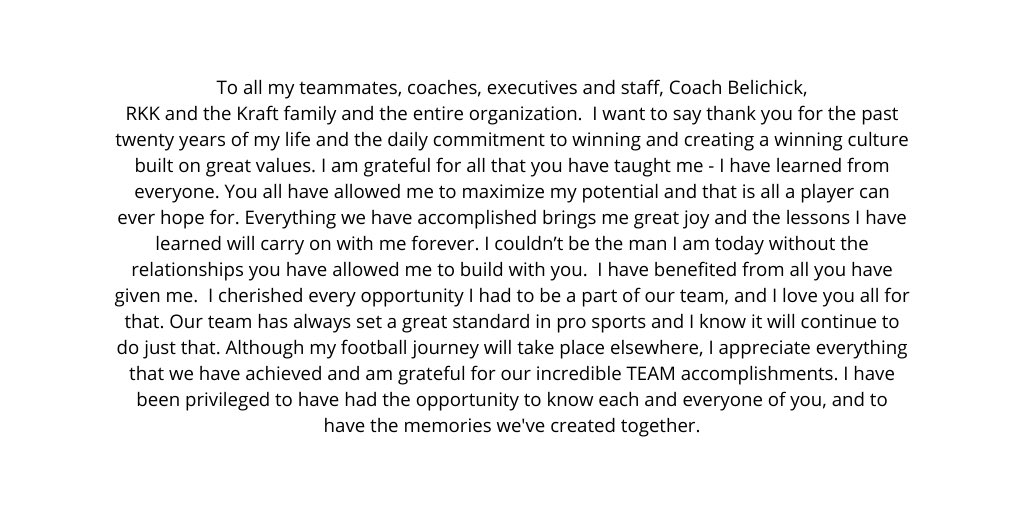Eureka Video continue their stupendous work of essential silent films, releasing their second volume of Buster Keaton gems in a three-film volume pack.
Between 1920 and 1929, Buster Keaton created a peerless run of feature films that established him as “arguably the greatest actor-director in the history of the movies”. Collected here are three further films from that era; The Navigator, Seven Chances and Battling Butler. The Masters of Cinema Series is proud to present all three films from stunning 4K restorations in their UK debuts on Blu-ray.
The Navigator (1924, dir. Buster Keaton & Donald Crisp) – Wealthy Rollo Treadway (Keaton) suddenly decides to propose to his neighbour across the street, Betsy O'Brien (Kathryn McGuire), and sends his servant to book passage for a honeymoon sea cruise to Honolulu. When Betsy rejects his sudden offer however, he decides to go on the trip anyway, boarding without delay that night. Because the pier number is partially covered, he ends up on the wrong ship, the Navigator, which Betsy's rich father has just sold to a small country at war. Keaton was unhappy with the audience response to Sherlock Jr., and endeavoured to make a follow-up that was both exciting and successful. The result was the biggest hit of Keaton's career.
Seven Chances (1925, dir. Buster Keaton) – Jimmy Shannon (Keaton) learns he is to inherit seven million dollars, with a catch. He will only get the money if he is married by 7pm on his 27th birthday, which happens to be that same day! What follows is an incredible series of escalating set-pieces that could only have come from the genius of Buster Keaton.
Battling Butler (1926, dir. Buster Keaton) – A rich, spoiled dandy (Keaton) pretends to be a champion boxer, "Battling Butler", to impress the family of the girl he loves. When the real Butler shows up, he decided to humiliate the imposter by having him fight the "Alabama Murderer”!
Whereas, Chaplin would do things you have never seen before and perhaps be based more in the realms of disbelief, Keaton was more of the everyday comedian taking moments of domesticity and turning them on their head such as the making of food in The Navigator, his character is a toff and has no idea how to open tinned foods making for hilarious results.
While Chaplin would marvel you with his performance and pin-point detail, Keaton's films are more indebted to the plot and narrative, how a character overcomes an obstacle with the situation playing out over a script while Chaplin would have stand along set pieces away from the central plot. Not to say Keaton does not have his moments, but the set-piece comes as a gradual build up to such a key moment; this is helped by his iconic stone face persona granting no reaction or change of perception.
Keaton also has this realistic mentality in his work, not a lot of good fortune befalls his protagonists until the eventual happy resolution, bad luck seemingly follows him wherever he goes but he struggles through it all gamely, while Chaplin would smile and move on to the next disaster zone of his own making more than likely.
Keaton's influence is unparalleled and perhaps has lasted longer than Chaplin, his work has very much had a say in the work of Wes Anderson; the set pieces and the nature of performance particularly can be seen in Ralph Fiennes role in The Grand Budapest Hotel in terms of physicality and tonality of that film in general.
Buster Keaton: 3 Films (Volume 2) is out now from Eureka Video in a Limited Edition 60-page Perfect Bound Collector’s Book and Limited Edition Hardbound Slipcase [3000 copies ONLY].
My thanks to them for the review opportunity
















 And with that the rest of Day 2 was immaterial, instead it became a day of reflection and goodbyes to No.12 and perhaps after the initial shock and dumbfoundment of it all perhaps it is a time to respect a decision but also how the Patriots perhaps need to fall in line with the rest of the league.
And with that the rest of Day 2 was immaterial, instead it became a day of reflection and goodbyes to No.12 and perhaps after the initial shock and dumbfoundment of it all perhaps it is a time to respect a decision but also how the Patriots perhaps need to fall in line with the rest of the league.







